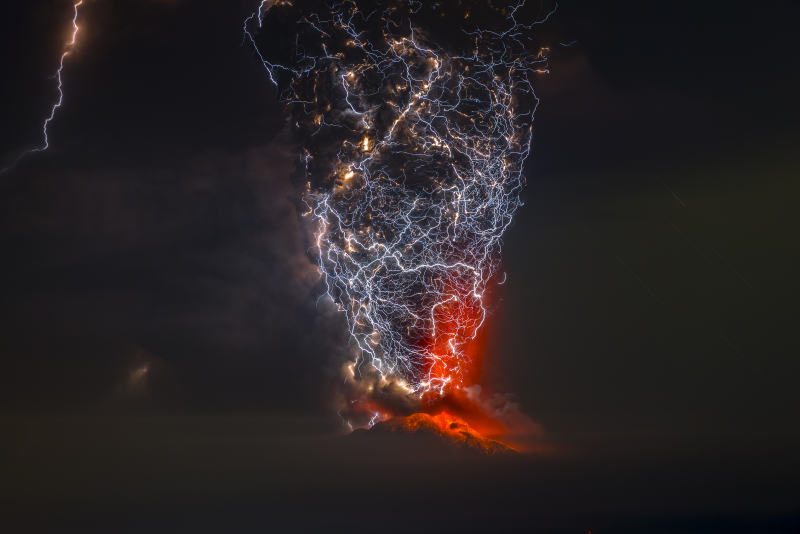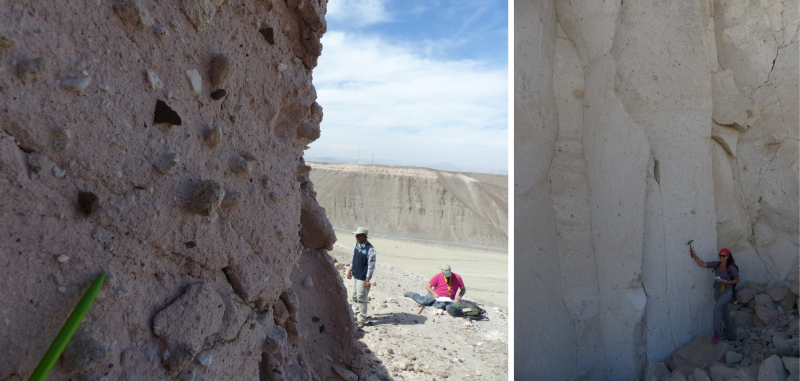Follow us on Google News (click on ☆)

Photo 1: Volcanic lightning during the eruption of Calbuco volcano (Chile; 2015).
© Francisco Negroni
Nowadays, almost all nitrogen fixation is achieved through biological and anthropogenic processes. However, on primordial Earth, N2 had to be fixed by abiotic processes to allow for the development of life. One of the fixation mechanisms considered for primordial Earth is that of lightning generated in volcanic plumes during large explosive eruptions (see photo 1). Despite convincing theoretical studies and laboratory experiments, analysis of the geological record had until now revealed no indication of substantial fixation by this mechanism.
A team of researchers from CNRS Earth & Universe conducted a study on Neogene volcanic deposits in Peru and Turkey formed by major explosive eruptions (VEI>7, more powerful than those observed in the last millennia). The results have led to the discovery of nitrates in significant concentrations.
The multi-isotopic composition of these nitrates (δ18O, Δ17O, and δ15N) indicates that they originate from the oxidation of nitrogen oxides (NOx = NO, NO2) by ozone and therefore must have an atmospheric origin. Given the very limited direct emission of nitrogen compounds by volcanism, only the lightning associated with the eruption is capable of producing vast quantities of NOx from atmospheric N2. The NOx thus produced is then oxidized by the atmospheric ozone to form nitrate, which is deposited and preserved in the plinian deposits and ignimbrites (see photo 2).
The study of these deposits makes it possible for the first time to directly quantify nitrogen fixation by explosive eruptions. 10 to 100 Tg (approximately 11,000 to 110,000 short tons) of nitrogen can be produced and concentrated locally in volcanic deposits, representing a significant source of assimilable nitrogen for life nearby. On primordial Earth, which lacked oxygen in its atmosphere, the final product of this nitrogen fixation was likely not nitrate but more reduced forms of nitrogen (e.g., NH3), equally assimilable molecules for living beings.

Photo 2: left: Ignimbrite de la Joya (Peru; 4.5 Ma) / right: Ignimbrite del Aeropuerto (Peru; 1.65 Ma).
© Erwan Martin
Reference:
A. Aroskay, E. Martin, S. Bekki, J.-L. Le Pennec, J. Savarino, A. Temel, N. Manrique, R. Aguilar, M. Rivera, H. Guillou, H. Balcone-Boissard, O. Phelip, S. Szopa (2024) Geological evidence of extensive N-fixation by volcanic lightning during very large explosive eruptions. PNAS (121) https://doi.org/10.1073/pnas.2309131121